with so many Watercolor Brush options available in the market, it can be overwhelming to know which ones to choose. In this comprehensive guide, we will discuss everything you need to know about watercolor brushes, from the different types and sizes to the materials used, and how to take care of them. So, let’s dive in and start painting!
Before we dive into the specifics of watercolor brushes, let’s first talk about what they are and why they’re important. Watercolor brushes, in particular, are designed to hold and distribute water and pigment in a controlled manner, allowing for beautiful blends and washes. The right brush can make all the difference in your painting just as paper quality and colors, so it’s important to choose one that suits your style and needs.
Types of Watercolor Brushes
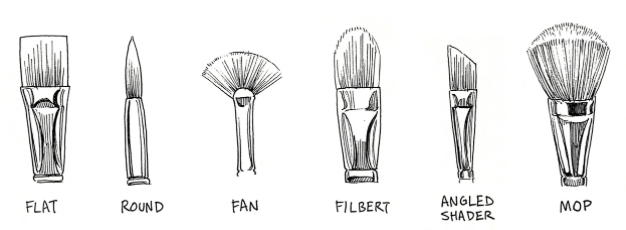
There are many types of watercolor brushes available, each designed for a specific purpose. Here are some of the most common types you should know about:
Round Brushes
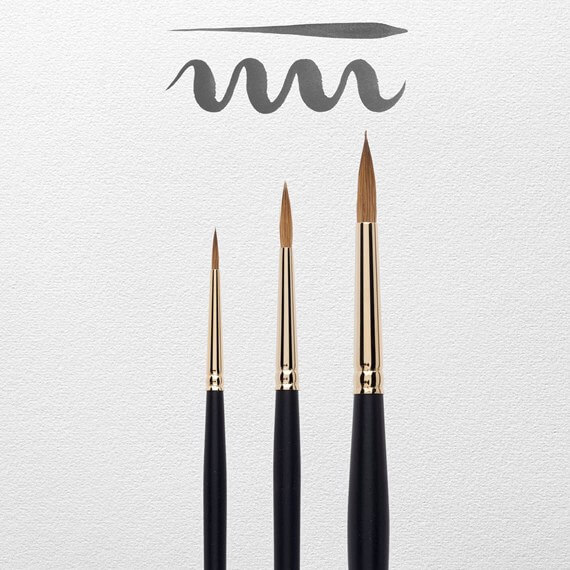
Round brushes are the most versatile type of watercolor brush and are used for everything from creating fine details to laying down washes. They come in various sizes, from tiny #000 brushes to large #30 brushes, and are identified by a number system. The larger the number, the bigger the brush.
Flat Brushes
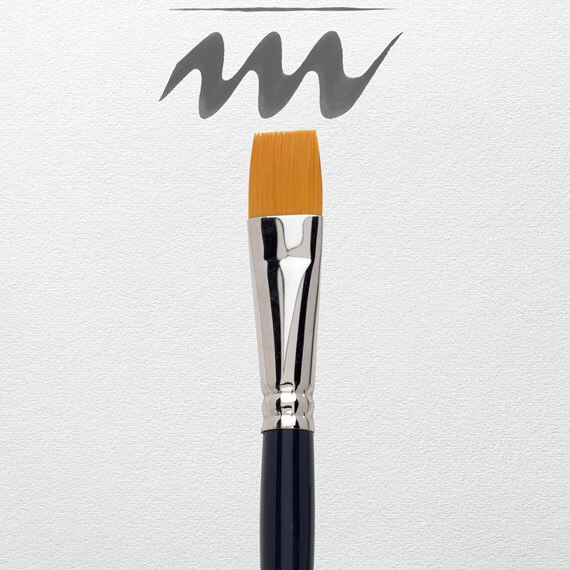
Flat brushes have a rectangular shape and are great for creating sharp edges and flat washes. They come in a variety of sizes and are often used for painting larger areas.
Filbert Brushes

Filbert brushes have an oval shape and are great for blending and creating soft edges. They are also useful for painting foliage and flowers.
Fan Brushes
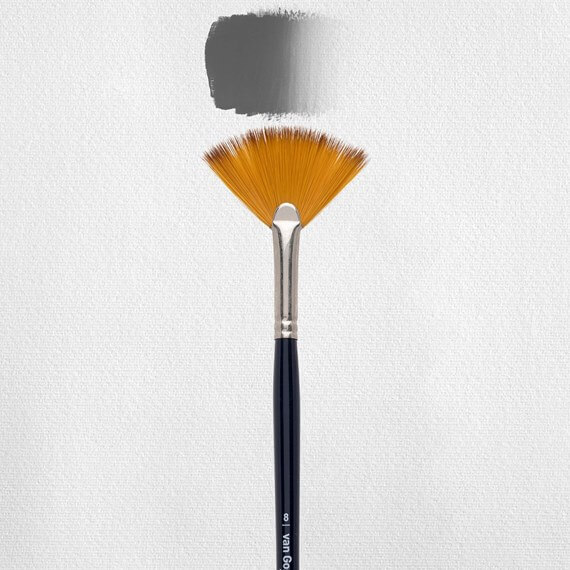
Fan brushes are shaped like a fan and are great for creating textures and blending colors. They are often used for painting hair, fur, and foliage.
Mop Brushes
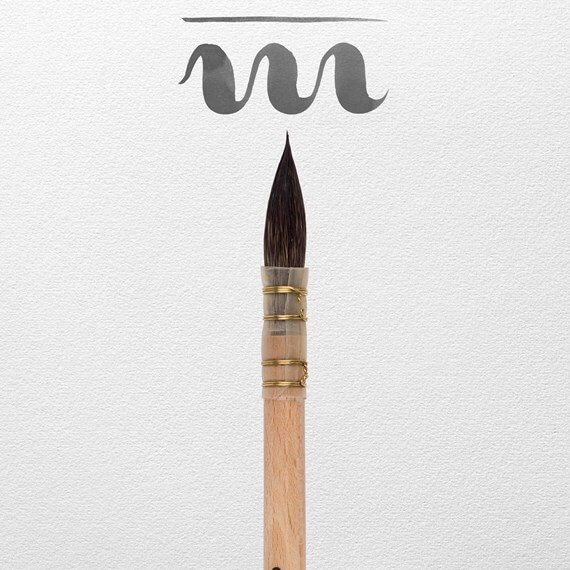
Mop brushes have a large, rounded shape and are great for creating washes and blending colors. They hold a lot of water and pigment, making them perfect for creating soft, flowing effects.
Reservoir Brushes
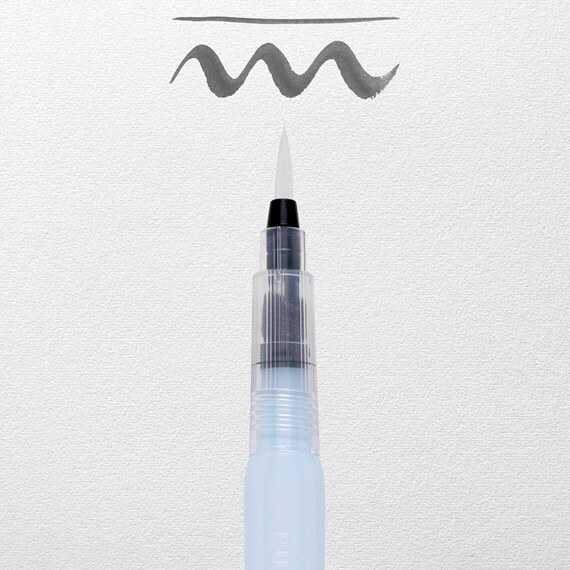
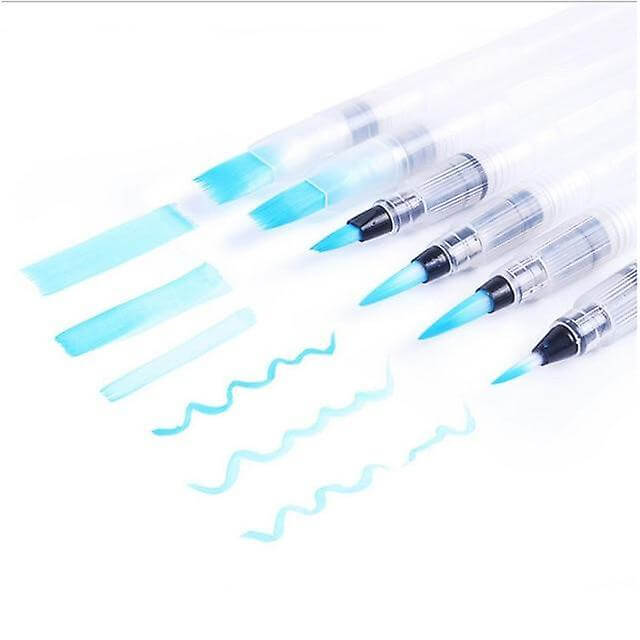
It is a unique brush pen that features a built-in reservoir for water or ink, allowing for easy blending and control of watercolor effects.
The brush pen is designed with high-quality, flexible nylon bristles that are ideal for creating a wide range of strokes and textures. The reservoir is easy to fill and allows for continuous use without having to dip the brush into a separate container of water or ink.
One of the key benefits of the watercolor reservoir brush pen is its portability. It is a great option for artists who want to create watercolor effects on the go, without having to carry a lot of equipment. It is also a convenient option for beginners who may not have a lot of experience with watercolors and want an easy-to-use tool to experiment with.
Another benefit of the watercolor reservoir brush pen is its versatility. It can be used with a variety of water-based media, including watercolors, inks, and dyes. The brush pen is perfect for creating washes, blending colors, and adding details to watercolor paintings or mixed media pieces.
The synthetic hair bundle can absorb a large amount of water and has a round shape with a very fine tip for detailed working. The handle is a reservoir that can be filled up to 9 ml, which makes it a convenient tool for plein air painting.
Choosing the Right Brush
When choosing a watercolor brush, there are a few things to consider, such as the type of painting you’ll be doing, the size of the painting, and your personal preference. Here are some tips to help you choose the right brush:
- For detailed work, choose a small round brush (#0 or #1).
- For larger washes, choose a large round brush (#12 or #14).
- For sharp edges and flat washes, choose a flat brush.
- For blending and soft edges, choose a Filbert brush.
- For creating textures, choose a fan brush.
- For washes and flowing effects, choose a Mop brush.
Brush Materials
Now that you know about the different types of brushes, let’s talk about the materials they’re made of. The three most common materials used in watercolor brushes are:
Natural Hair
Natural hair brushes are made from the hair of animals like sable, squirrel, and goat. They are prized for their ability to hold a lot of water and pigment and create smooth, even strokes. However, they can be quite expensive and require more care than synthetic brushes. These are the most expensive brushes and this video will better give insights to why.
Synthetic Hair
Synthetic hair brushes are made from nylon or polyester fibers and are more affordable than natural hair brushes. They are also easier to clean and maintain, making them a great choice for beginners.
Mixed Hair
Mixed hair brushes are a combination of natural and synthetic hair and offer the best of both worlds. They are more affordable than natural hair brushes and offer better water and pigment control than synthetic brushes.
Ultimately, the right brush for you will depend on your personal preferences and painting style. It’s always a good idea to try out different brushes and see what works best for you.
Caring for Your Brushes
Taking care of your watercolor brushes is important to ensure they last a long time and perform well. Here are some tips for caring for your brushes:
- Always clean your brushes after each use. Rinse them in warm water and use a mild soap if necessary.
- Avoid getting paint in the ferrule (the metal part that holds the bristles). This can cause the bristles to splay and damage the brush.
- Store your brushes vertically with the bristles pointing up. This will prevent them from getting bent out of shape.
- Never let your brushes dry with paint on them. This can cause the bristles to become stiff and ruin the brush.
FAQs
Can I use watercolor brushes for other types of painting?
While watercolor brushes are specifically designed for watercolor painting, they can be used for other types of painting as well.
How do I know if a brush is natural or synthetic?
Natural hair brushes are typically more expensive than synthetic brushes and are identified as such on the packaging.
Can I use dish soap to clean my brushes?
It’s best to use a mild soap specifically designed for cleaning brushes, but dish soap can work in a pinch.
How often should I replace my brushes?
With proper care, brushes can last for many years. However, if a brush becomes damaged or worn out, it’s time to replace it.
Do I need to buy the most expensive brushes to get good results?
While expensive brushes can be of higher quality, you can still achieve great results with more affordable options. It’s important to choose brushes that suit your needs and budget.
